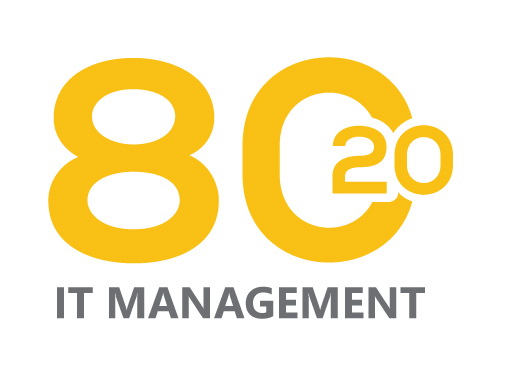Pareto Principle (80/20 Rule)

“The Pareto principle (also known as the 80/20 rule) states that, for many events, roughly 80% of the effects come from 20% of the causes.
Management consultant Joseph M. Juran suggested the principle and named it after Italian economist Vilfredo Pareto, who noted the 80/20 connection while at the University of Lausanne in 1896, as published in his first paper, “Cours d’économie politique”. Essentially, Pareto showed that approximately 80% of the land in Italy was owned by 20% of the population; later he demonstrated that also 80% of the total income in a country is earned by 20% of the population. Pareto developed the principle by observing that about 20% of the peapods in his garden contained 80% of the peas.”

“Joseph Juran, a quality expert, discovered a similar relationship, the principle of the “the vital few and trivial many”, where 20% of the activities lead to 80% of the result.
It is a common rule of thumb in business; e.g., “80% of your sales come from 20% of your clients.”
Mathematically, the 80/20 rule is roughly followed by a power law distribution (also known as a Pareto distribution) for a particular set of parameters, and many natural phenomena have been shown empirically to exhibit such a distribution”
( https://en.wikipedia.org/wiki/Pareto_principle
https://www.britannica.com/biography/Vilfredo-Pareto )

80 20 IT Management is all about applying Pareto to maximise business value from IT while minimising the costs of IT.
Extensive IT management experience has shown that consistently applying this mindset can, also in large and complex business environments with a ditto IT environment, be be quite impactful.
Don’t confuse 80/20 with ‘easy’. Focusing on the right actions to maximize impact for minimum effort can be tough, as it needs hard thinking about real business value, and it will often mean than a different approach needs to be taken than the regular approach.
It is all about making hard choices about what to do and what not to do – select & focus. In the execution of activities sometimes ‘regular steps’ are skipped – as for these specific tasks not enough value is added. Often processes are adhered to just because (‘nobody got fired for following the agreed process’..). It is about taking calculated risks, in a visible way, and accepting that good is good enough. Perfect is the enemy of the good.

Using the 80 20 approach, decisions have to be made about which IT systems are really mission critical for a company and its customers and have to be as good as reasonably possible (like manufacturing process control systems or like medical treatment systems). At the same time, it has to be decided for which business functions no, or less, IT systems functionality is fine too.
Where IT systems are mission critical, it can be considered that leveraging scale by using a market standard system can be a better choice than tailor made systems – which can substantially reduce investment and operations costs.
So many 80 20 choices are quite relevant when decisions have to be made on mission criticial systems. The 80 20 IT management approach is definitely not about creating flawed systems by spending less, it is all about priorities and focus.
%
Focus on the critical few
%


